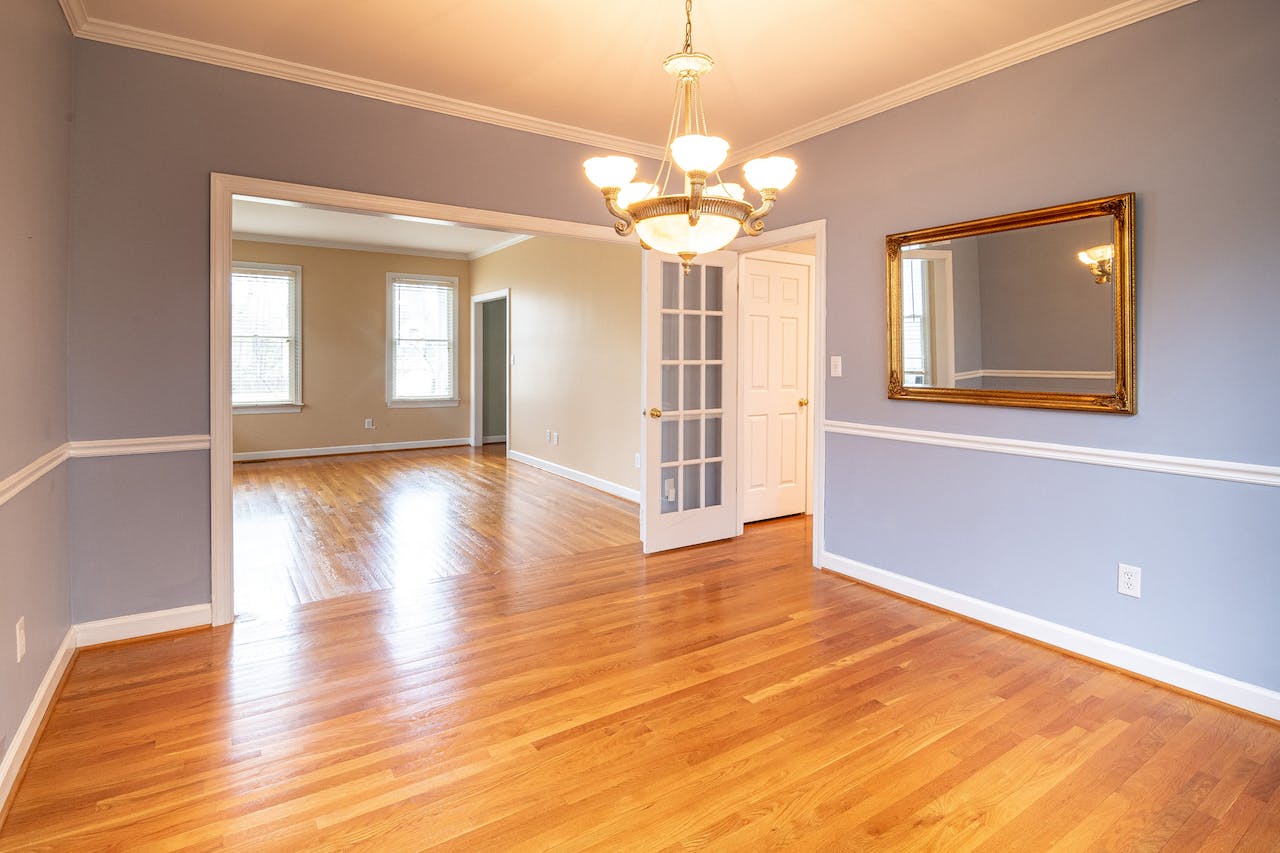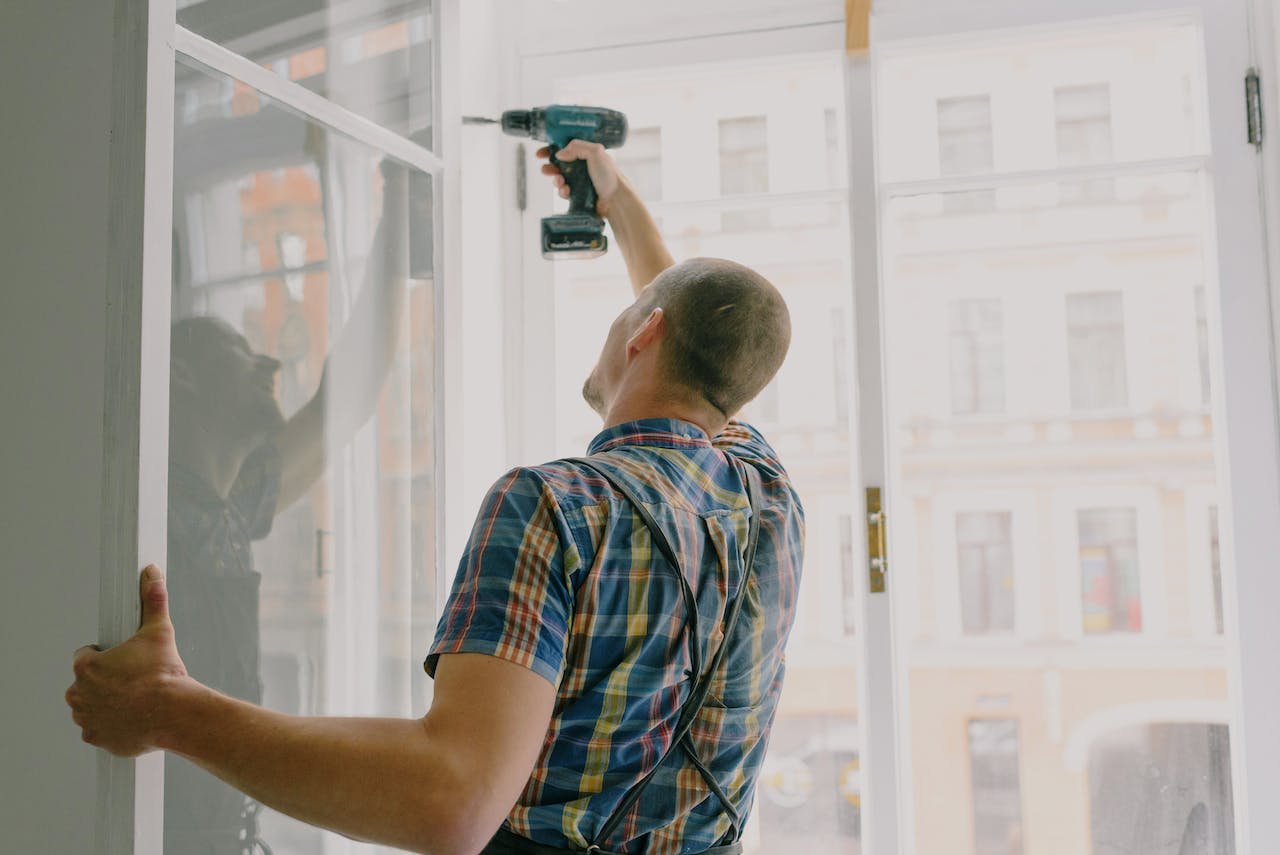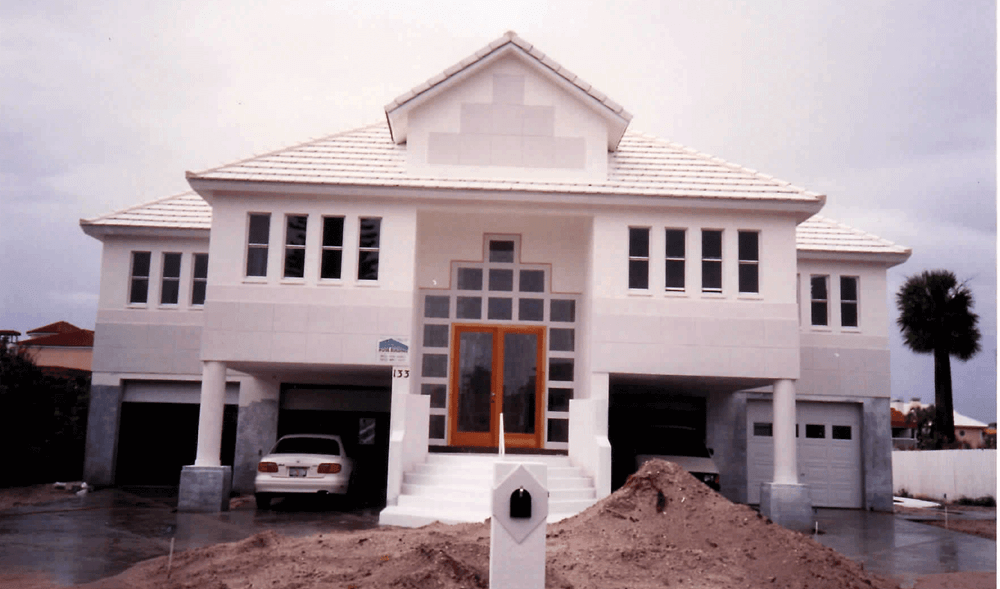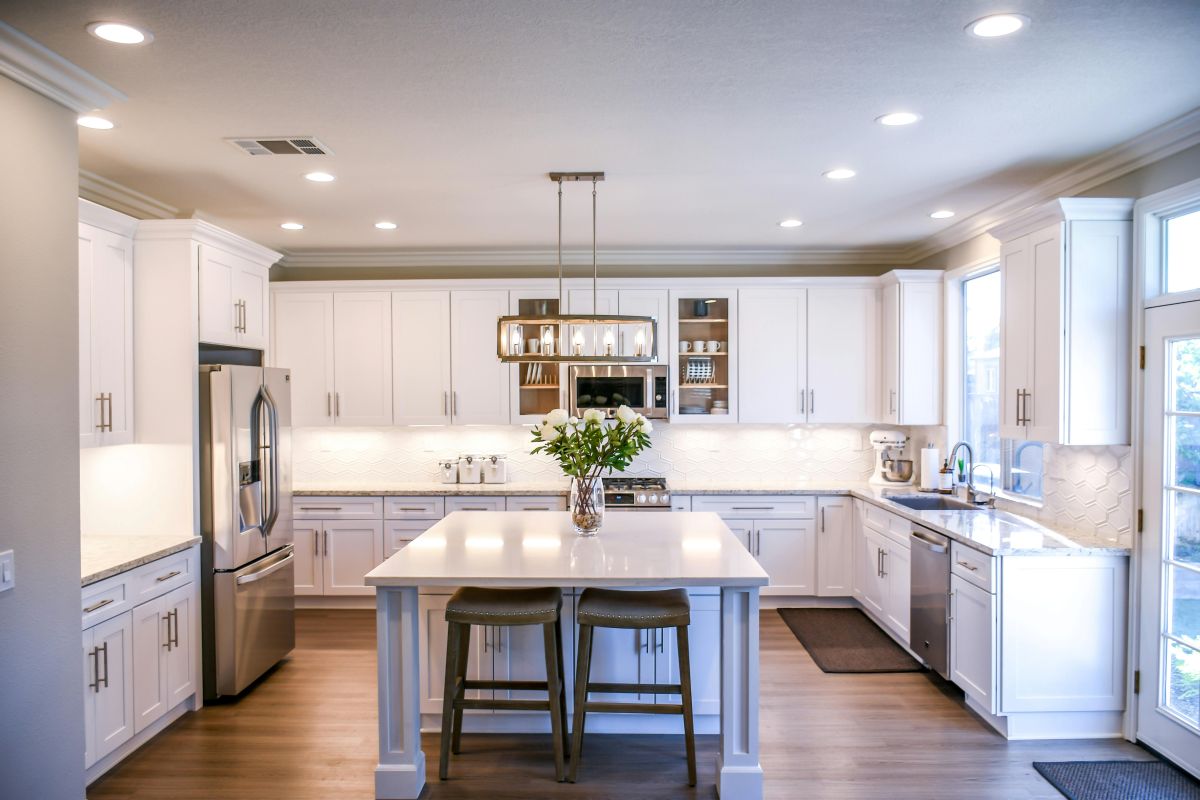By using our website, you agree to the use of cookies as described in our Cookie Policy
a
Rss Feed
The Exciting Journey of Moving into Your Newly Built Home
 As the keys to your pristine haven are handed over, the excitement is palpable, but so is the responsibility of ensuring that this transition is as smooth and damage-free as possible. Moving into your newly built home is a momentous occasion filled with dreams, anticipation, and the promise of a fresh start. Your newly constructed home is a symbol of your hard work, investment, and vision, and preserving its immaculate condition is predominant. From meticulous planning to careful organization, we will provide you with the knowledge and tools you need to make this process a resounding success.
As the keys to your pristine haven are handed over, the excitement is palpable, but so is the responsibility of ensuring that this transition is as smooth and damage-free as possible. Moving into your newly built home is a momentous occasion filled with dreams, anticipation, and the promise of a fresh start. Your newly constructed home is a symbol of your hard work, investment, and vision, and preserving its immaculate condition is predominant. From meticulous planning to careful organization, we will provide you with the knowledge and tools you need to make this process a resounding success.
Preparing for the Big Day
To start, draft a detailed moving plan that outlines everything from packing to unpacking. Specify timelines, tasks, and responsibilities to keep things organized. Organize the move with the help of experienced professionals. In the context of an interstate move, let’s say you are moving from Los Angeles to Florida. Under these circumstances, hiring movers and purchasing insurance are necessities. When you allow specialists to assist you with your interstate relocation, you are ensuring that things will go as planned. Ensure you choose your moving team carefully. Research and hire professional movers with a proven track record for reliability and care. Also, ask for recommendations, read reviews, and request quotes. Verify their insurance and licensing to ensure your belongings are in safe hands.
Stock up on necessary supplies such as sturdy boxes, packing tape, bubble wrap, packing paper, and markers for labeling. Invest in furniture, blankets, and straps for secure transportation. Don't forget tools like screwdrivers and wrenches for disassembling and reassembling furniture. Being well-prepared, selecting dependable movers, and having the right equipment will set the stage for a successful moving day, making the transition into your new home a stress-free experience.
 Unpack efficiently and organize items in your new space.
Unpack efficiently and organize items in your new space.
The Final Walkthrough
Ensure you do the following before signing off on the work:
- Check that all construction work is completed and the home is clean.
- Verify that all agreed-upon fixtures and finishes are in place and good condition.
- Ensure that the HVAC system is operational and the home is at a comfortable temperature.
- Inspect every room for any signs of damage, like dents, scratches, or paint issues.
- Check doors, windows, and cabinets for proper alignment and functionality.
- Test all appliances to ensure they work as expected.
- Note any issues for future repair or inspection.
- Verify that water, gas, electricity, and internet services are active and functioning correctly.
- Test all electrical outlets and switches to confirm they work.
- Check for leaks, unusual noises, or odors that might signal utility problems.
When you pay attention to these details, you can address any potential issues before they become major problems, allowing you to enjoy your new home without any unwelcome surprises.
Protecting Your Floors, Safeguarding Your Walls and Paint
Use floor protection materials like felt pads or sliders under heavy furniture legs to prevent scratches and dents. Place rugs or carpet protectors in high-traffic areas to reduce wear and tear. When moving heavy furniture, enlist the help of others to lift and carry it instead of dragging it across the floor. Use furniture dollies or sliders to glide items smoothly. Be cautious when handling sharp or heavy objects—place doormats both outside and inside entrances to trap dirt and debris that can scratch your floors. Regularly sweep or vacuum to remove potential hazards.
Safeguarding your walls and paint is equally important during the move. Use furniture, blankets, or padding to protect walls when moving large items. Be mindful of the clearance between furniture and walls to avoid accidental bumps and scuffs. Use appropriate hooks and anchors for hanging artwork to prevent damage to your artwork and walls. Measure and mark positions carefully before making any holes. When carrying items through doorways, watch for wall corners. Cover corners with foam protectors if needed. Clean smudges and marks promptly to prevent long-term damage to your paint.
 Protect the walls and floors when you start moving furniture and boxes.
Protect the walls and floors when you start moving furniture and boxes.
Unpacking with Care
When moving into your newly built home, start by unpacking the items you'll need right away, such as toiletries, a change of clothes, and kitchen essentials. Having these readily accessible will make your first few days in your new home more comfortable. When unpacking fragile items like glassware or china, do it with care. Use appropriate padding and take your time to unwrap and place them in their designated locations. Avoid rushing to prevent accidental breakage.
As you unpack, create a system for managing packaging materials. Set aside boxes, bubble wrap, and packing paper for recycling. Consider reusing boxes for storage or future moves, reducing waste and environmental impact. Unpacking with care ensures that you settle into your new home efficiently and helps maintain the safety and cleanliness of your space.
Routine Maintenance
Routine Maintenance is vital for the long-term well-being of your newly built home. Create a maintenance calendar that includes regular tasks like HVAC system checks, gutter cleaning, and changing air filters. Schedule these tasks at appropriate intervals to ensure your home operates smoothly.
Address minor repairs promptly to prevent them from escalating into more significant issues. Fix leaky faucets, loose cabinet handles, or small cracks in walls before they become costly problems. Regular maintenance keeps your home functioning correctly and helps preserve its value and appearance. It ensures that your investment in your new home remains secure over time. Regular maintenance will save you time and money in the long run and ensure that your home continues to be a safe and comfortable place for years to come.
 Regular maintenance is a key part of moving into your newly built home.
Regular maintenance is a key part of moving into your newly built home.
Moving into Your Newly Built Home: A Wrap-Up
Following the steps outlined in this guide for moving into your newly built home, you can ensure a smooth relocation while protecting your home from damage. From careful planning to routine maintenance, every aspect of your move-in process plays a big role in preserving the beauty and functionality of your new home. Embrace your new home with confidence and care, knowing that you've taken the necessary precautions to cherish and maintain it for years to come.
- Photos:
- https://www.pexels.com/photo/photo-of-an-empty-room-3935338/
- https://www.pexels.com/photo/excited-couple-unpacking-boxes-in-new-apartment-4245903/
- https://www.pexels.com/photo/handyman-installing-window-frame-with-drill-in-house-5691544/
- https://www.pexels.com/photo/gray-couch-beside-white-wall-7195873/
‹ Back






.png)
